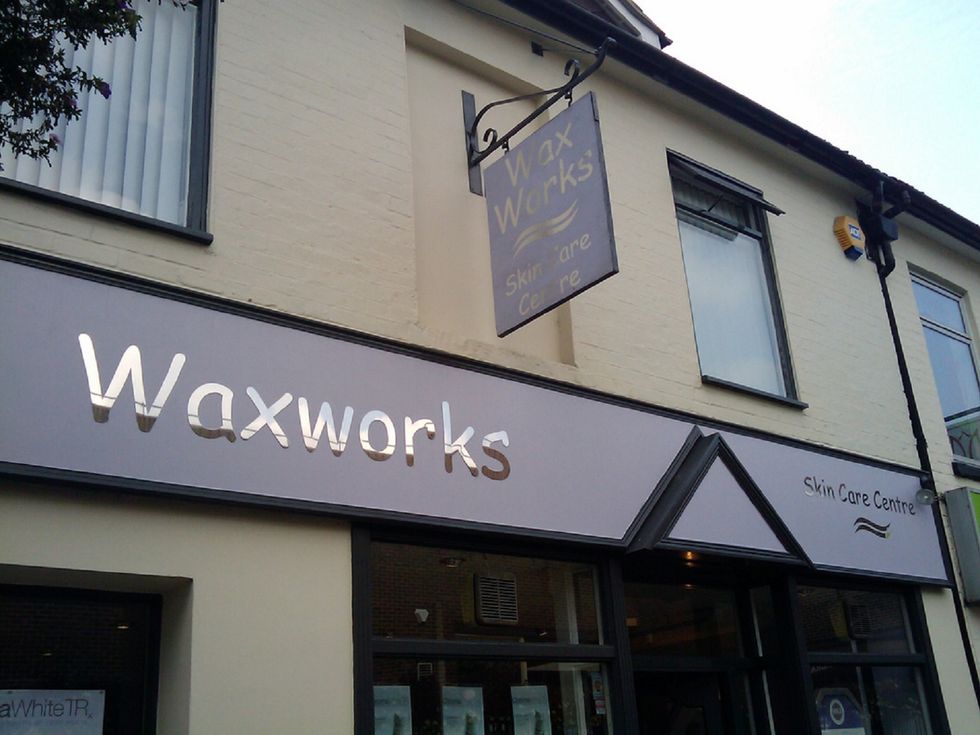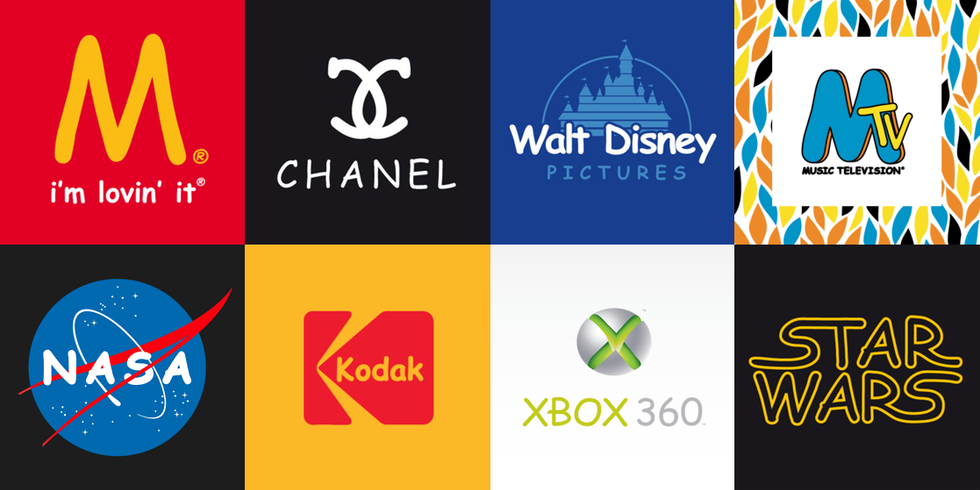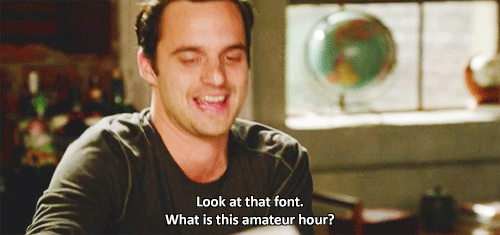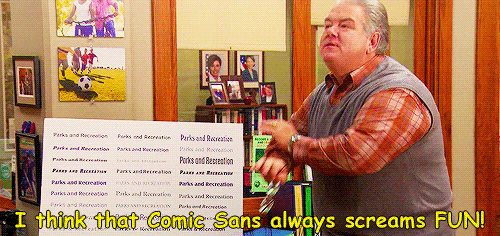Ever since I was in high school, I was somewhat obsessed with document design in a way that not a lot of other students were. I believe it all started my sophomore year of high school when my trigonometry teacher handed out her syllabus on the first day of class. It was so ugly that I considered rewriting and redesigning it and emailing it back to her.
It's kind of a weird thing to have an interest in, but it eventually translated well when I finally got to college and started to study in the technical communications program. In technical communications, we work with documents a lot and work on ways to more effectively convey our information. One of the things we consider is the typeface or font. As you can imagine, there are some industry conventions give us an idea of what we should or shouldn't do in document design. This brings us to how I feel about the infamous font that we all love to hate: Comic Sans. But is it all bad? Is there anything redeemable about this sinful san-serif typeface? I sure think so.
Comic Sans has been around as long as the domestic use of the internet itself. It was released by Microsoft in 1994 and was designed by a dude named Vincent Connare. Microsoft has been quoted saying that Comic Sans is a font that is "casual but legible, and has proved popular with a variety of people." This, of course, is an understatement. It's more than just "popular," it's outright exploded into infamy in the course of the last decade and has earned itself a meme status unlike any other form of text. It's as recognizable as the other meme font, impact, except no one goes out of their way to trash impact for being a crappy typeface.
The reality is, you shouldn't give Comic Sans crap just because it has no place in professional documents. It's clear enough that you shouldn't use Comic Sans if you're writing a report for your boss, or a manual for engineers, but you shouldn't count it out if you're going to use it for certain media, like a friendly brochure or, of course, a meme. People have used Comic Sans ironically for so long that it's circled back around to being a not-ironic, rhetorical decision now. If you are going to make an impact on people's sense of humor with a meme, you're going to want to consider using it.
We also can't ignore the other pros that comic sans offers. Yes, there are others. Comic Sans is considered one of the most legible fonts, believe it or not. So much so, that it's recommended to people with dyslexia as an alternative to your everyday fonts that often get jumbled when you read them. If you're wondering why Comic Sans is such a good font for legibility, it's actually because of one of the aspects that people hate about it from a visual aesthetic standpoint. The reason is that the letters are not straight-edged, giving the letters curved figures. This makes it different from other famous Sans Serif fonts like Arial and Calibri. It also makes it easier for people to distinguish one letter from the next and determine which letter it is more quickly.
So when it comes down to it, you'd have to be arrogant to say that Comic Sans doesn't belong anywhere. I won't stand for this kind of font bullying. As a technical communicator, I believe that every font has a purpose, and Comic Sans's purpose will continue to be to entertain and drive the conversation on what it means for text to carry culture as we move forward with our digital world.






















